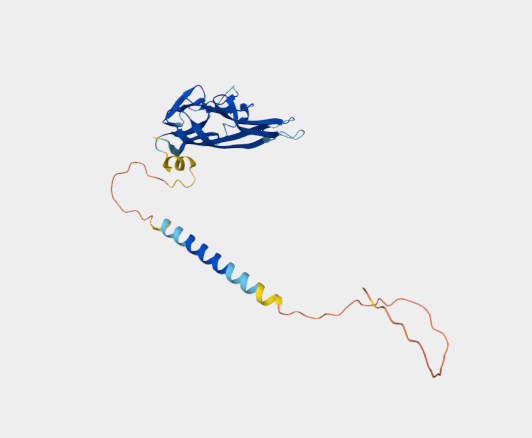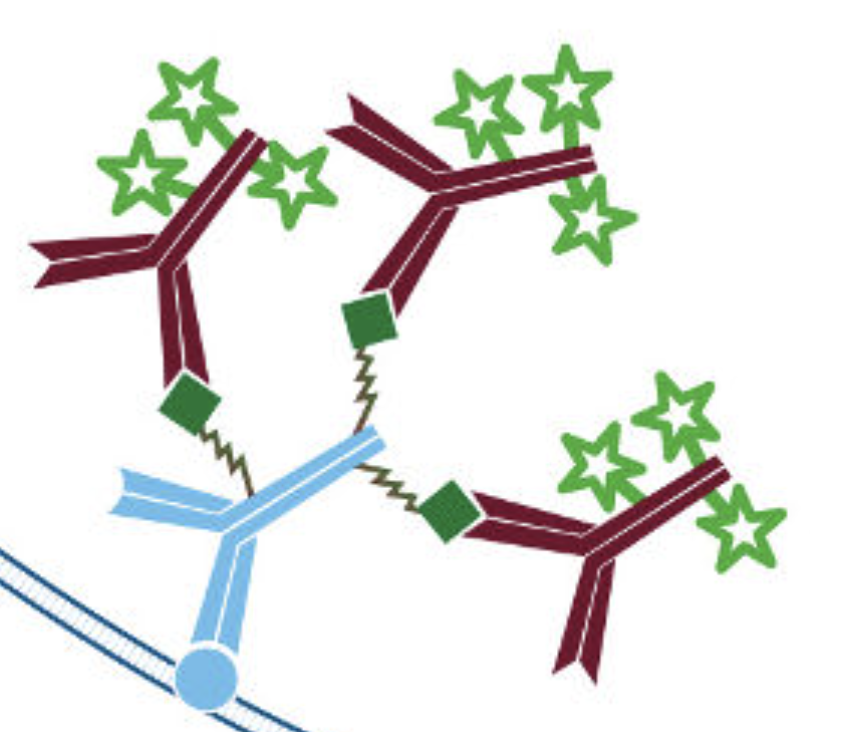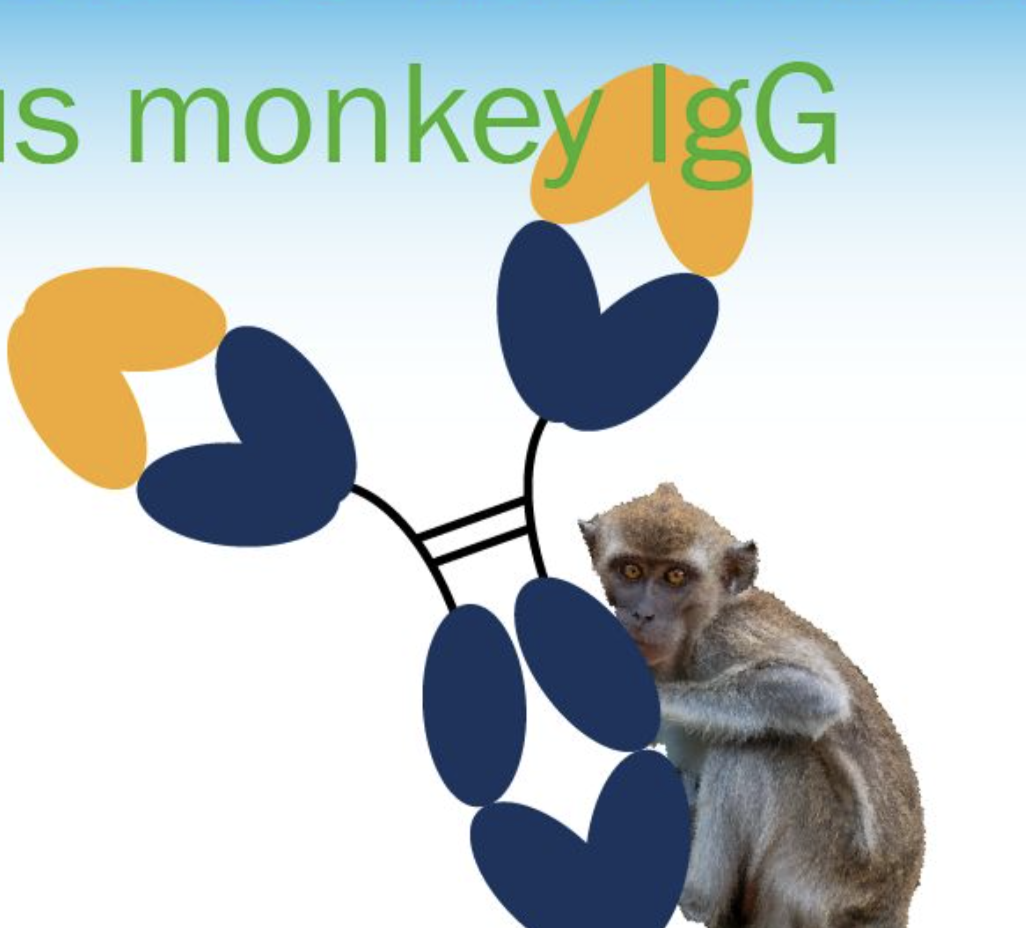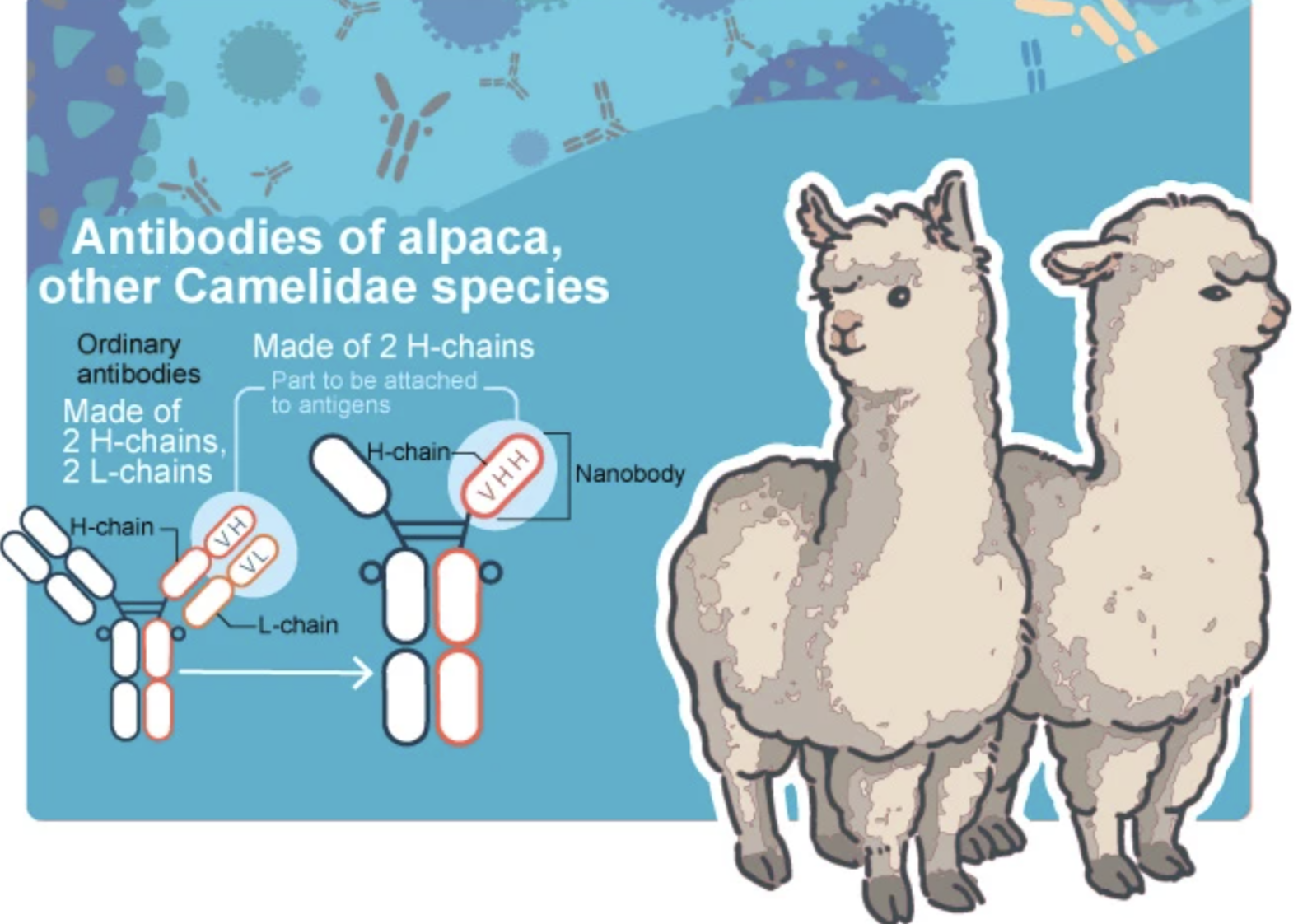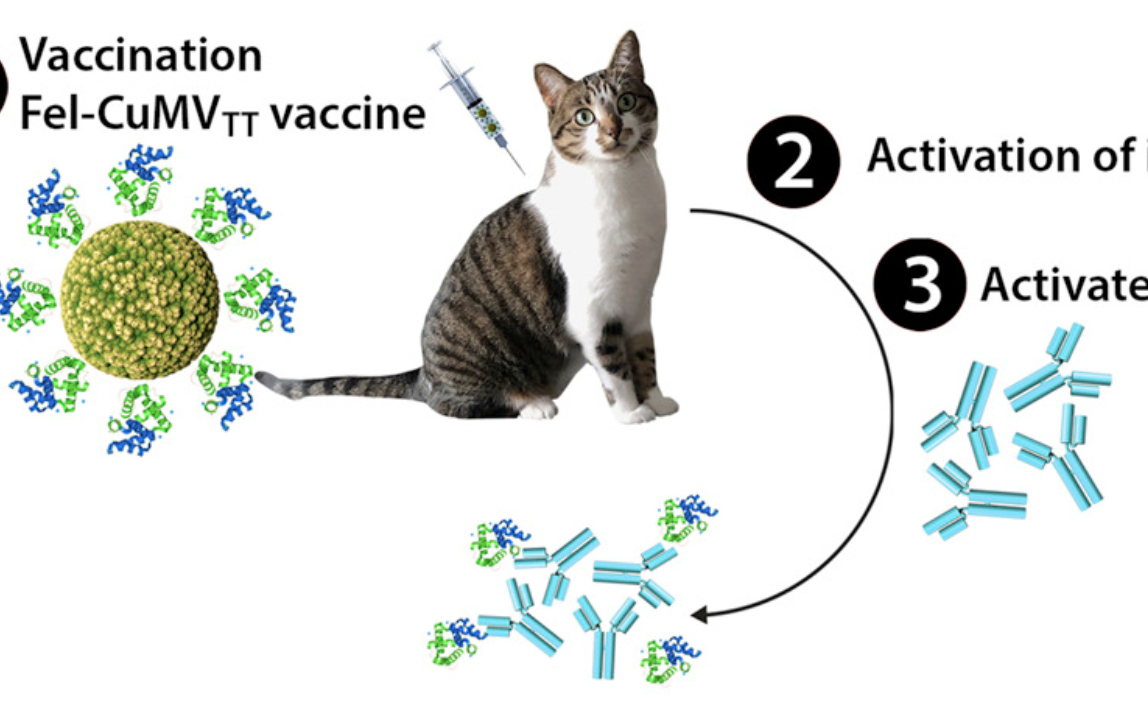Key features and details | |
Cat. No. | MABL-3474 |
Name | Anti-CD153 [RM153](MABL-3474) |
Clone No. | RM153 |
From | Recombinant Antibody |
Isotype | Engineer antibody |
Application | Blocking, functional assays, FC |
Species Reactivity | Mouse |
Basic Information | |
Specificity | This antibody is specific for murine CD153, a 40-kDa type II transmembrane protein member of the TNF superfamily. Interaction of CD30 with CD153 plays an important role in T cell activation/costimulation. |
Alternative Name | CD30-L; CD30 ligand; Tumor necrosis factor ligand superfamily member 8. |
UniProt | P32972 |
Immunogen | This antibody was raised by immunising Sprague Dawley rats with the CHO cells stably transfected with murine CD153 and fusing the splenocytes with P3U1 myeloma cells. |
Application Notes | This antibody has been used in various FACS analyses, for instance, to demonstrate that lymphoid tissue inducer-like cells are an innate source of IL-17 and IL-22 (Takatori et al, 2009), and to suggest that CD30 ligand/CD30 plays a critical role in Th17 differentiation in mice (Sun et al, 2010). Importantly, the pharmacological effects of this rat anti-mouse CD153 mAb (clone RM153; IgG2b isotype) have been reported in a number of settings. For example, this antibody has been shown to prevent or delay the spontaneous development of diabetes in non-obese diabetic mice when treatment is initiated in young mice (Chakrabarty et al, 2003), and to prolong the survival of mice in a model of CD4+ T-cell-mediated lethal graft-versus-host disease induced by injection of C57BL/6 cells into MHC class II-only disparate bm12 recipients (Blazar et al, 2004). This antibody has also been used as parts of in vivo functional assays to demonstrate that early CD30 signaling is critical for Treg-mediated acute graft-versus-host disease protection after major MHC-mismatch bone marrow transplantation (Zeiser et al, 2007), and to provide direct evidence that pathogenic memory T cells are amenable to suppression in an antigen-specific manner while identifying CD30 as a molecule that is critical for the regulation of memory T cell responses (Dai et al, 2004). |
Antibody First Published | Shimozato et al. Expression of CD30 ligand (CD153) on murine activated T cells. Biochem Biophys Res Commun. 1999 Mar 24;256(3):519-26. PMID:10080930 |
Note on publication | Describe the original generation and characterisation of this antibody, which was subsequently used in FACS analyses to confirm the expression of CD153 on murine activated T cells. This RM153 mAb was shown to bind to mCD153/CHO, mCD153/L5178Y, and mCD153/P815 cells but not to the parental CHO, L5178Y, and P815 cells. |
COA Information (For reference only, actual COA shall prevail) | |
Size | 100 μg Purified antibody. |
Concentration | 1 mg/ml. |
Purification | Protein A affinity purified |
Buffer | PBS with 0.02% Proclin 300. |
Concentration | 1 mg/ml. |
Storage Recommendation | Store at 4⁰C for up to 3 months. For longer storage, aliquot and store at - 20⁰C. |

